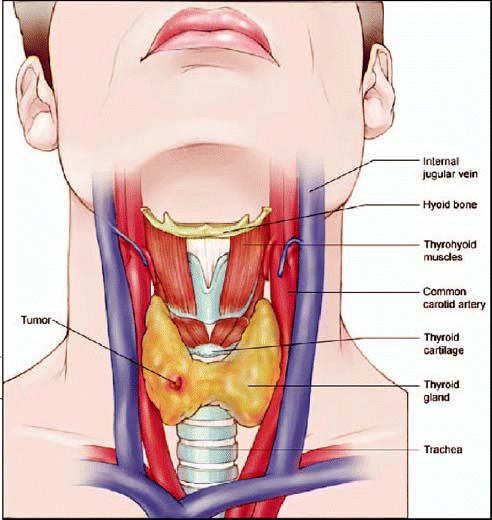Dr. Ezzat believes a new paradigm is needed that explains how a thyroid follicular cell becomes either hydroplastic on its way to becoming adenomatous or sometimes turns into carcinoma.
Explore This Issue
December 2006This is the kind of paradigm people have used with breast and colorectal cancer, he said. Unfortunately, in thyroid cancer, we have not yet identified this kind of morphologic pattern. In other words, it appears that most of the nodules, by the time we pick them up, are already carcinoma, and very rarely do we see the evolution. Sometimes we see well-differentiated cancer turning into de-differentiated cancer, but typically what we start out with is cancer from the get-go. I think this is a bit of a problem in terms of understanding what defects really lead to this diagnosis.
Dr. Ezzat outlined some of the abnormalities that have been identified so far, emphasizing what he believes are some of the more important ones.
He said current research has shed some very important light on the area of chromosomal instability-where two genes become widely spaced, for example, and the normal regulatory sequences that drive these genes to become expressed become abnormal. Some of the hardiest information, he noted, is in the area of RET/PTC rearrangement.
We do know for sure that there is some degree of genomic instability where chromosomes do not maintain fidelity, Dr. Ezzat said. When they replicate they undergo some degree of instability that allows for rearrangements to occur, and the two most important ones are RET rearrangement and BRAF mutations. This is what takes you from a follicular cell to a papillary thyroid cancer.
At the cell surface, RET can be activated through either a rearrangement or an activating point mutation. As a result, it turns on a signaling cascade that sends information to the nucleus, turning on that cell to multiply and grow abnormally and autonomously.
This the type of rearrangement that reflects chromosomal instability, he said. It’s as if the genes no longer maintain the same kind of fidelity-molecular hanky-panky, if you will, whereby the RET is now being driven by an abnormal promoter, so it’s being revved up by something else. And it turns out that there is not just one type of rearrangement involving RET, but at least 15 or even more.
How is this type of genetic rearrangement detected?
You can do it on DNA, Dr. Ezzat said. You can also do it on RNA, which is obviously a little more difficult because you need a frozen sample for that or, in fact, you can do it at the protein level by immunohistochemistry. If you use immunoreactivity, then you’re able to identify the ectopic, abnormal expression of RET in the follicular cells.

Leave a Reply